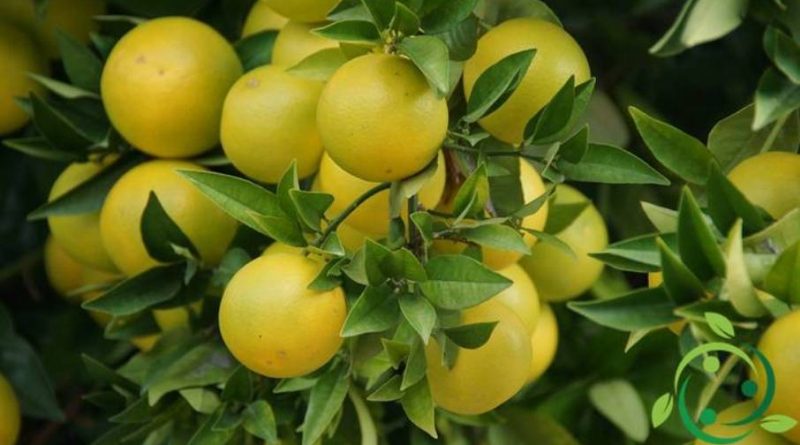How to grow grapefruit in a biological way
How to grow grapefruit in a biological way
The cultivation of grapefruit (Citrus paradisi Macfad., 1830) according to the good principles of an agriculture that respects Nature is not complicated under conditions that are followed, however, some rules.
Grapefruit loves sunny places for many hours a day and, above all, sheltered from the winds. It is a plant that fears the cold and night frosts and goes into suffering with too high temperatures. The soil on which to grow grapefruit must be dissolved, rich in organic substance and very well drained, not calcareous as it predisposes the plant to chlorosis (especially the ferric one). Like all citrus fruits, it is a plant that needs regular irrigation, especially during the hot period. In the most loose soils irrigation shifts must be closer together. A warning is to not irrigate immediately close to the set to avoid causing an overflowing of fruit. For irrigation it is better to avoid limestone. waters.
For fertilization this must be done before replanting placing in the holes (50 x 50 x 50 cm) of mature manure or compost; 4-5 Kg are sufficient. The optimal implantation level is 5 x 5-6 m, with spring implantation. During the life of the plant instead the dung must be integrated in the period of December-January and then worked with non-rotating tools (these damage the superficial roots of the plant). In soil with a lower pH, ash from the burning of pruning residues can be added to the dung. Although grapefruit can be propagated by seed, for reasons of growth time we recommend that by grafting, with the choice of rootstocks suitable for your soil to choose between bitter orange, trifoliate orange and the citrange. For the techniques, refer to the grafts page. Another technique that can also be adopted is that for layering. However, with the grafting, the plant starts to fructify around 4 years and goes into full production around 6-7 years. For pruning, meanwhile, you must use scissors or shears well cut, disinfected, removing especially the central branches that grow in a vertical position (succhioni) and planting the plant at a man’s height (citrus fruits fruit mainly in the median part of the plant). With the spring pruning also the dried branches are removed, broken, giving the plant a good distance and aeration between the various branches.
For the souvenir collection that, unlike other citrus fruits, the pulp becomes sweeter only after detachment from the plant. The fruit should therefore be harvested when it has reached a good size (typical for the variety) and stored in a dry, cool and dark place.
Among the adversities we remember the gummy and the bad dry. The best care is the caution not to use rotating organs in the ground, to disinfect scissors and shears and to have a good drainage. Among the animal parasites it is sensitive to the cochineal, to the moth of the blossom. to mites like the rusty mite and the red spider mite. Excellent treatments with nettle macerate and with Marseille soap. We also remember viral diseases including exocortitis and the sadness of citrus fruits.
Grapefruit has many varieties including some with pigmented pulp and other apirene.

